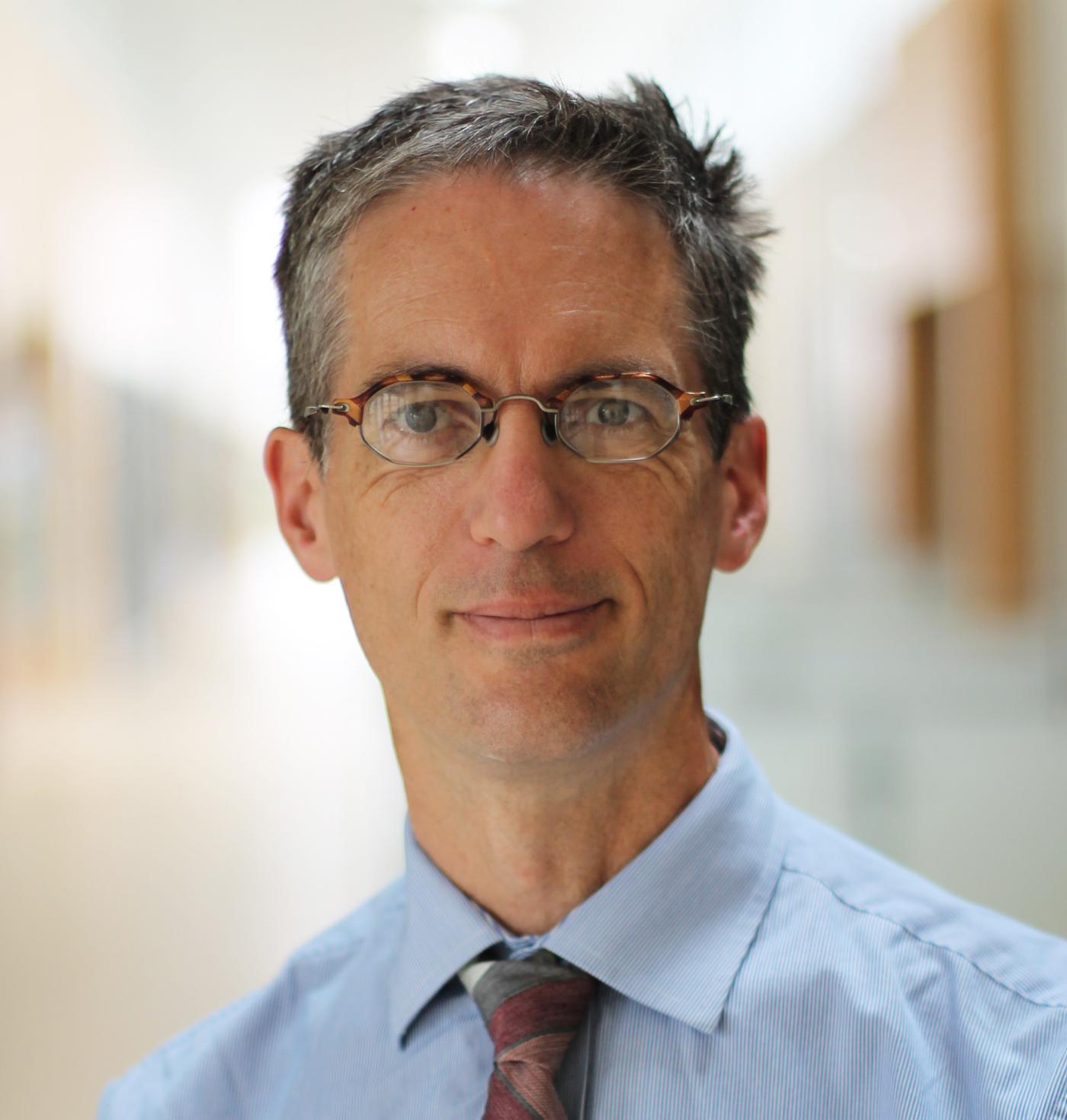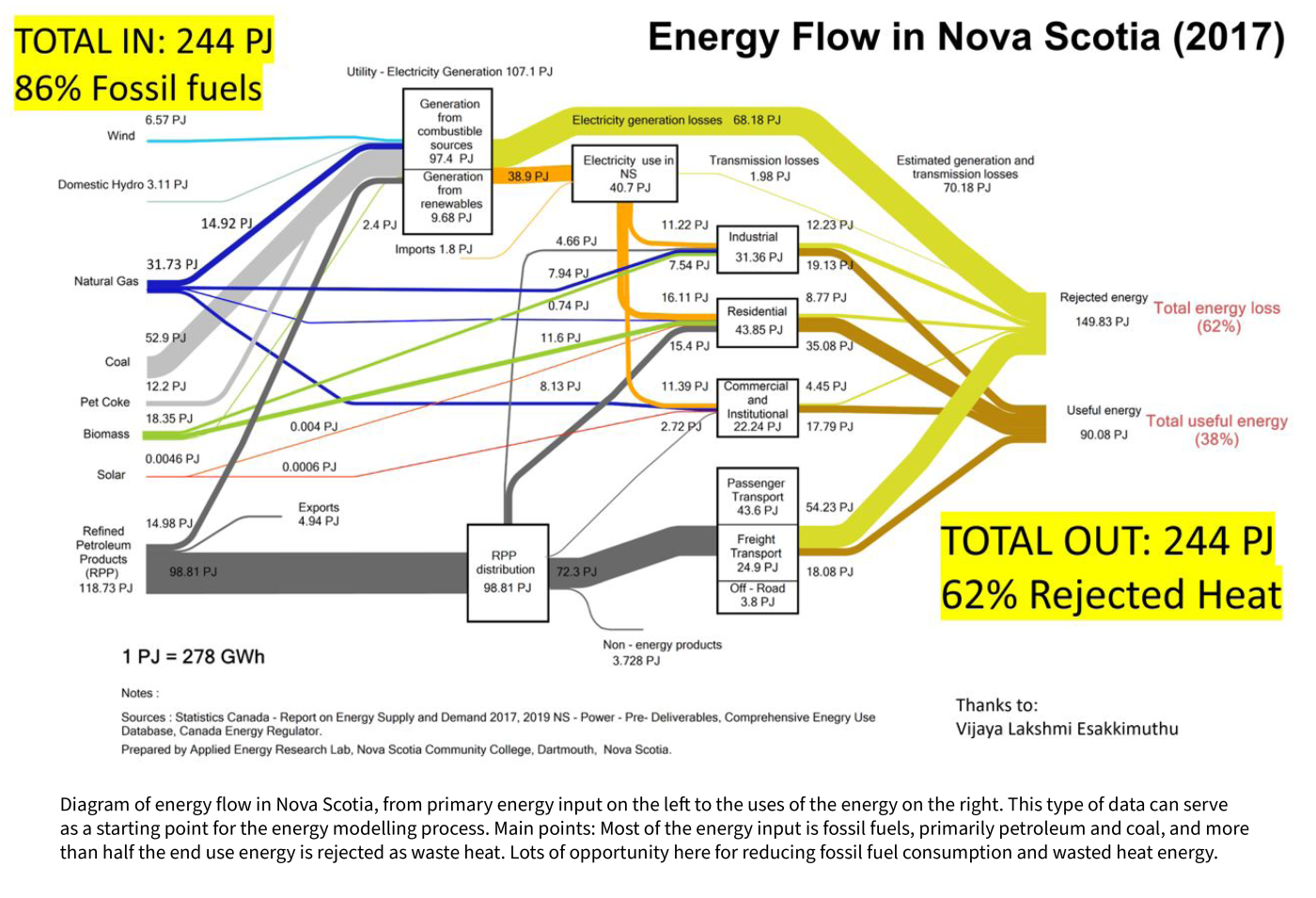Energy researcher Wayne Groszko helps shape Net Zero Atlantic's energy system model
Wayne Groszko is an expert on Atlantic Canada’s energy system and an Applied Energy Research Scientist at the Nova Scotia Community College. He’s putting his knowledge and experience to good use as one of the technical advisors helping to shape Net Zero Atlantic’s Atlantic Canada Energy System (ACES) model – a first-in-Canada interactive online tool currently in development that will make it possible to evaluate alternative pathways to a carbon-neutral future. We asked Wayne to tell us about his current research and share his perspective on the model.
Tell us about your work.
I’m an Applied Energy Research Scientist at the Nova Scotia Community College. There, I lead a team that does practical applied research projects with companies and communities to advance our transition to a sustainable energy supply and decarbonize our energy system. We are involved in research in a few specific fields, like solar energy, wind energy, electrification of vehicles and, interestingly, boats and marine vessels. Another thing we're seeing a lot of interest in is different ways of storing energy. Energy storage projects are very top of mind and we're doing several of them right now – not just batteries, but also storing energy as heat. A lot of the energy we use is in the form of heat, like heating our buildings or heating hot water. If you have a way to store heat, that can be just as effective and, in some ways, more affordable than putting electricity into a battery. We also do projects with communities and organizations to help figure out how to transition to a more sustainable energy system. That relates to the work Net Zero Atlantic is leading around the energy transition modeling effort for Atlantic Canada, and I'm on the Technical Advisory Board for that.
How did you get involved with Net Zero Atlantic’s modelling project?
I spoke with the team at Net Zero Atlantic about the need for such a model – a need they were also seeing. I helped establish the concept for the model, and then they invited me to join the technical advisory board for the project. In that role, I've had the opportunity to attend meetings and review documents as the model has been developed, and to see how it's being developed and how it can be applied as a tool. I’ve also given input – largely from the point of view of the practical, day-to-day, realities of energy use and generation in in our region. Some details around how energy is produced and used are regionally specific, and I have experience here in Nova Scotia and Atlantic Canada in how energy systems are used and implemented and what has worked well and what might not.
How can people use the model?
I think the model is a fantastic resource. It's a tool for helping us ask and explore some of the most important questions around our energy system. For example, transportation is an enormous contributor to our greenhouse gas emissions that has not been seriously addressed yet, and many see the path forward as personal transport vehicles becoming electric. So, if we think in that direction and we're looking toward the future, we really would like to know what is going to happen if half, or two-thirds, or three-quarters of all personal vehicles are electric in the future. What are the implications of that in terms of electricity supply and management? And in terms of emissions? The model is a good tool for trying these kinds of hypothetical scenarios – for constructing a potential future and then entering those parameters into the model and saying, ‘What could this potentially look like?’ We’ll be able to explore questions like, ‘How many wind turbines would it take to supply that much electricity?’ and ‘What are the peak demands going to be?’ Those questions go well beyond what you can do in a spreadsheet, and that's why we need a tool like this model.
What do you hope comes next for the ACES model?
I hope that a lot of organizations will learn about the model and make use of it to ask questions and explore scenarios. That's what's great about having a common model – the model can crunch the numbers, and different organizations can come up with different scenarios and say, ‘We think that this is what the future is going to look like – let's put it in the model and see what it means for the energy system.’ Of course, it's a model, so it's never going to be 100% accurate and it's certainly not making a prediction about the future. But it's allowing users to explore some scenarios of what might happen, and I think that's very important. Now that the model has been substantially developed, we really need as many different people as possible using it – learning how the model works and putting together projects to try different scenarios with it and using it as a tool to explore what our energy future might look like.
Learn More
Intermediate to expert-level training for the model began in November and is continuing. If you’re interested in booking a session, please click here to access Net Zero Atlantic’s online training schedule or email us to sign up for occasional email updates about the ACES model. Be the first to learn about new model features and access, as well as upcoming training sessions and educational resources.


